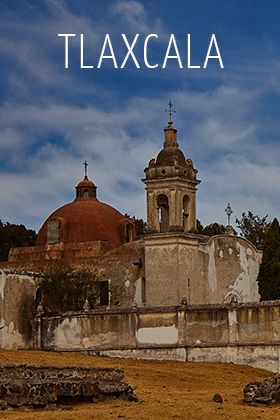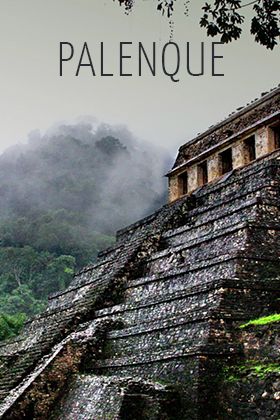Catedral de Morelia (Cathedral)
by: Travel by México

Catedral de Morelia (Cathedral)
by: Travel by México
If there is a building that governs the life of Morelia is the majestic cathedral. When you see from the top from the monumental flag in Santa Maria, for example, stands out clearly, stands in all its splendor in the heart of the urban stain and precisely it is one of the characteristics of Morelia: no building may exceed the height of the cathedral.
The Archdiocese arrived at Michoacan in 1536, being the seat of the city of Tzintzuntzan, in 1540 went on to Patzcuaro and in 1580 Valladolid (now Morelia) get bishopric forever. This was a city that gained greater importance every day, so that after many years of management approved the construction of a temple worthy of it. The foundation stone was placed by Bishop Fray Marcos Ramirez del Prado on August 6, 1660 and Vicente Barroso de la Escayola was in charge of the project for 32 years.
It was completed in 1744, although it was not easy to finish, as a powerful fire swept much of the building when the work went fairly advanced. Its 60 meters high towers are the highest of its kind in America. The Cathedral is built of pink quarry with Baroque boards style very characteristic of the place. Stands out the neoclassical altarpieces in its interior, the sumptuous decoration on their vaults, the arcades and the beautiful dome.
The neoclassical structure of cypress of compound columns covers a surprising silver monstrance the biggest of the country, fully finished Baroque, work of the eighteenth century.
Also the baptismal font is unique. It was made around 1790 of neoclassical style totally silver and it says that in there was baptized the very Agustin de Iturbide.
One of the features that make it even more special this cathedral is its monumental pipe organ of Churrigueresque style with six thousand flutes, Germany original of the twentieth century. The quality of the sound is such that make it one of the best in this continent.
Other treasures that protects this precinct is an ivory Christ, four Chinese vases brought in the Nao of Manila at the time of the New Spain, two paintings by Cabrera (one depicts the birth of Jesus and the other the dream of San Jose in which the angel prevented him leading his family to Egypt) and the crosier of Don Vasco de Quiroga, the first bishop of Michoacan and great benefactor of indigenous people in the state.



















